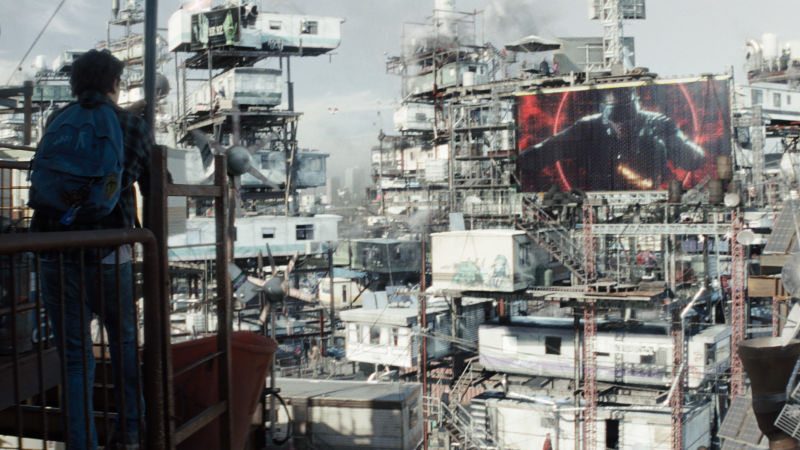 I have completely forgotten the title of the story. I have forgotten what magazine I read it in. I have even forgotten most of its plot.
I have completely forgotten the title of the story. I have forgotten what magazine I read it in. I have even forgotten most of its plot.
All I remember is the protagonist visiting another character she met online, only to discover her initial thoughts were completely incorrect.? The other person lived in a very small studio apartment and spent nearly his entire waking existence ?living? inside virtual worlds via cartridges he inserted into a head mounted device he wore. What was a reality to him was a virtual existence to others.*
Every time I think about virtual reality and the possibilities it can hold for our quickly deteriorating planet, I come back to the story I don?t fully remember. Simply put, life isn?t meant to be lived that way.
As the strains of Van Halen?s hit song ?Jump? welcome viewers to the world of Ready Player One, a camera snakes through an apartment complex created out of trailers crudely stacked like Jenga blocks (see picture above).? It focuses on the top trailer before panning down to reveal individuals playing tennis, shadow boxing, and pole dancing while wearing virtual reality goggles. The dystopian nightmare revealed in the last paragraphs of the story I can?t fully remember is on full display.
But is there hope?
Ernest Cline?s book Ready Player One, a massively geeky love letter about the 1980s wrapped in virtuality, sold so well that Steven Spielberg chose to direct a big-budget film based on it.? The end result is a movie that is noticeably different from the book yet somehow works well enough that people will come in droves to watch.
Here?s the basic premise: An eccentric video game programmer named James Halladay (Mark Rylance) created a virtual society called the Oasis, a place where anyone?s dreams could come true with a VR suit. Before he died, he hid three virtual keys that, when acquired, would lead one individual to an Easter egg and control of his company, valued at over a trillion dollars. For over a decade, nobody could find the first key.? But after Wade Watts (known in the Oasis as Parzival and played in the film by Tye Sheridan) is successful, it?s a race to complete the task before a company called IOI succeeds and takes Halladay?s company over for themselves. Along the way, Wade is helped by his online friends Aech (Lena Waithe), Sho (Philip Zhao), and Daito (Win Morisaki).? Then there?s Art3mis (Olivia Cooke), a wild but successful gunter (slang for egg hunter) who steals Wade?s heart. But are they who their unique avatars make them out to be?
Wade?s devoted most of his life to claiming the Easter egg, living the virtual life I read about in the story I opened this review with.? But when virtual blends with reality, real consequences happen. IOI discovers his real persona and attempts, through the wiles of Sorrento (Ben Mendelsohn), to convince Wade to join their team (known as the Sixers).? When he refuses, Sorrento blows up his real house, killing his aunt?and potentially others?in the process.? It is only then that Wade realizes physical life and virtual life aren?t the same.
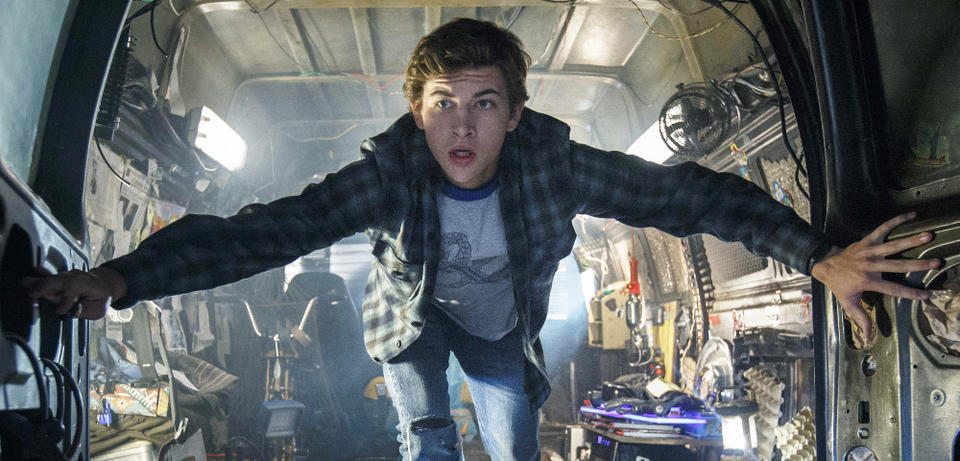 As for the main aspects of the film . . . The virtual world was typical Spielberg, that is to say: well-polished, well-designed, and well-executed.? It was chock full of 1980s references that will take multiple viewings (or somebody putting it in a YouTube video) to catch. In the first five minutes, I picked up on Marvin the Martian and Hello Kitty.? Halladay?s library was incredible, as was the race for the first key (although the book is completely different in this aspect).
As for the main aspects of the film . . . The virtual world was typical Spielberg, that is to say: well-polished, well-designed, and well-executed.? It was chock full of 1980s references that will take multiple viewings (or somebody putting it in a YouTube video) to catch. In the first five minutes, I picked up on Marvin the Martian and Hello Kitty.? Halladay?s library was incredible, as was the race for the first key (although the book is completely different in this aspect).
The real world was a mixed bag. I loved Rylance?s portrayal of the eccentric, quirky, yet charming Halladay. Cook does a great job with Art3mis, blending passion with feistiness and hidden charm.? My one issue comes with Wade.? Sheridan feels wooden and forced playing the real-life version of Parzival, giving him an unrealistic quality. However, his blonde haired-avatar fits in perfectly as a leader to the virtual world, unfettered by size or power.? Give Spielberg credit there. Regardless, this is a film that deserves to be seen regardless of what generation you come from.
There are a number of themes that can be discussed here (Halladay?s attempt at playing God [Genesis 1]; escaping one?s past; games people play; being one?s real self; people will rally to the right cause), but I?ll go with one.? There is a reason we need to be connected with others in real life.? VR isn?t as good as the Oasis (and may never be), but that doesn?t mean we need to spend every minute of every day staring at a phone or other form of technology. It might be fun to chat and mingle with people virtually, but in the end, all that?s left are memories. We were not designed by God to live 24/7 by ourselves (after all; he made Eve because it wasn?t good for Adam to be alone).? We need real people around us to support, encourage, and enjoy life with.? No matter how good VR graphics get, it?s simply not the same experience. Living life can be quite fun and invigorating.
Besides, in online communication, we have the ability to be who we want to be, not what we are in real life.? It?s why I get so frustrated with people on Facebook who always seem to have it perfectly together with constant selfies and successes. Real life is messy and struggles are as common as the sunrise.? A community allows us to be real, be honest, be ourselves.
Real life, with all of its challenges, trumps a virtual life every time.? And you don?t have to read a story to know that.
* If you know what story I?m referring to, let me know in the comments.
The Warner Bros.’ Blu-ray Combo Pack contains special features that take us back to the ’80s (“The ’80’s: You’re the Inspiration”) as well as a series of featurettes going over ninety minutes into details about how Spielberg made the film, like “Game Changer: Cracking the Code,” “Effects for a Brave New World,”? “Level Up: Sound for the Future,” “High Score: Endgame,”?and “Ernie & Tye’s Excellent Adventure.”

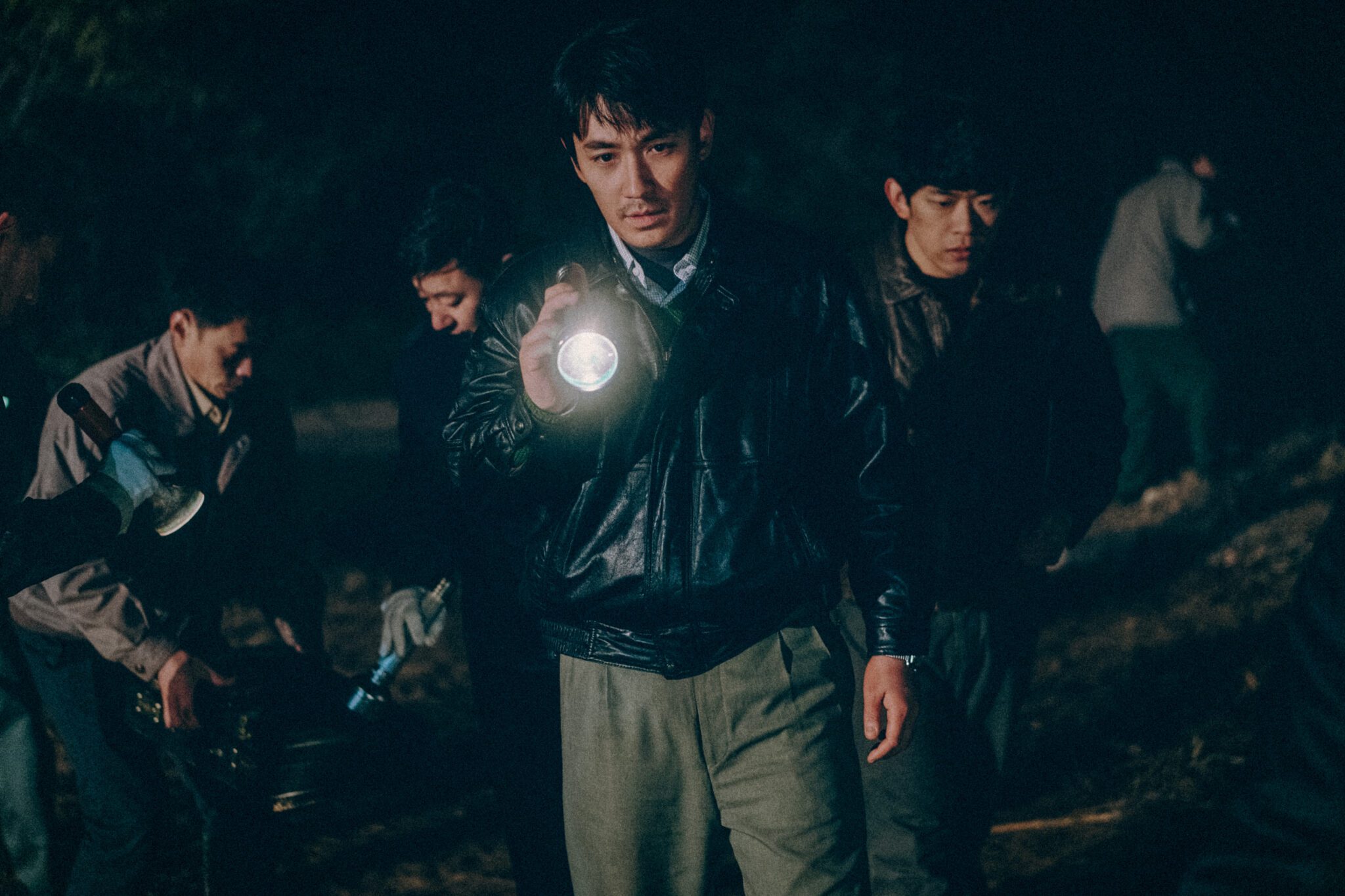
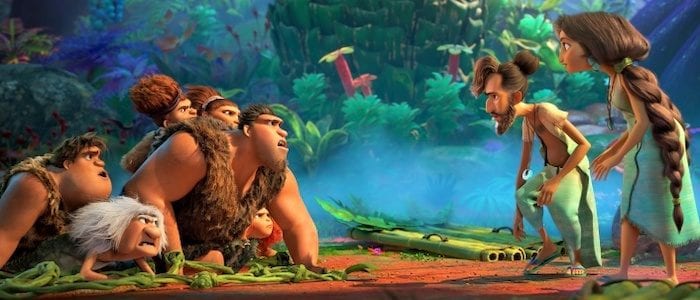

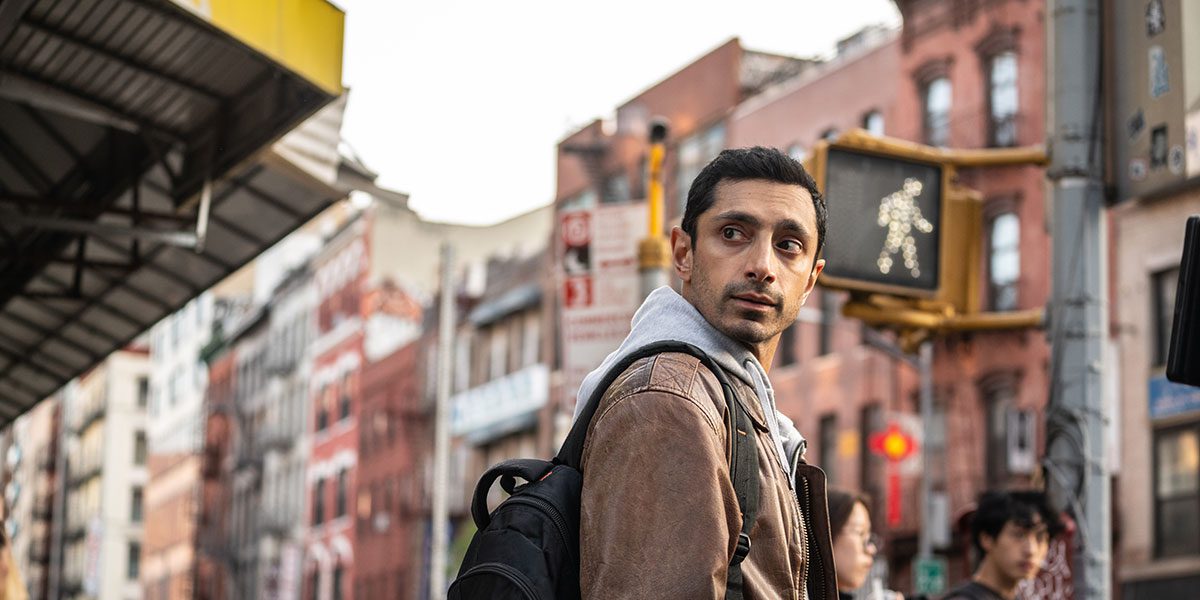
First off the origin of this story began on the Marilyn Manson web forums back about 20 years ago. Back around 1999-2000. It started as a single thread. The primary characters were actual people in conversation on the thread itself. The name Parzival was a misspelling by me. There are a lot of people involved with this story that have never been given credit, as many of their statements and opinions are used in the movie itself. I have never met nor spoke to them in regards to this film or book.